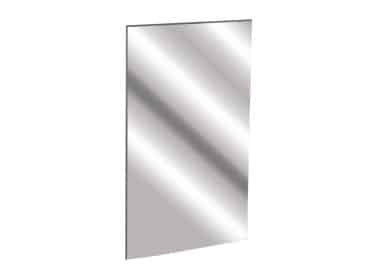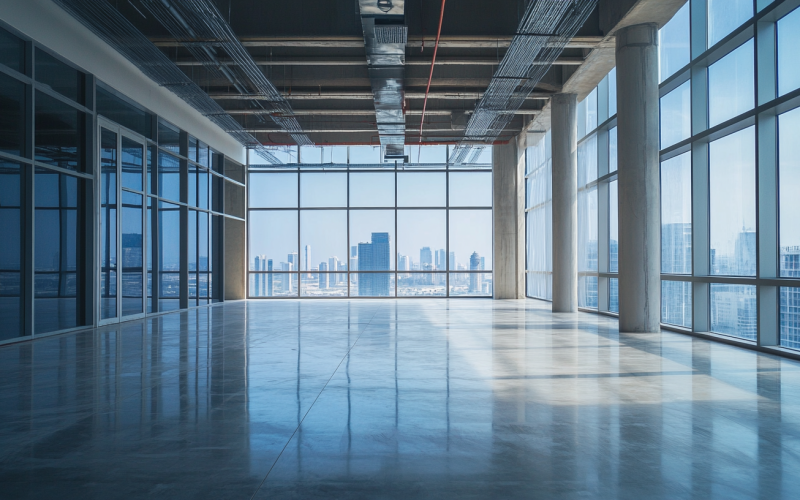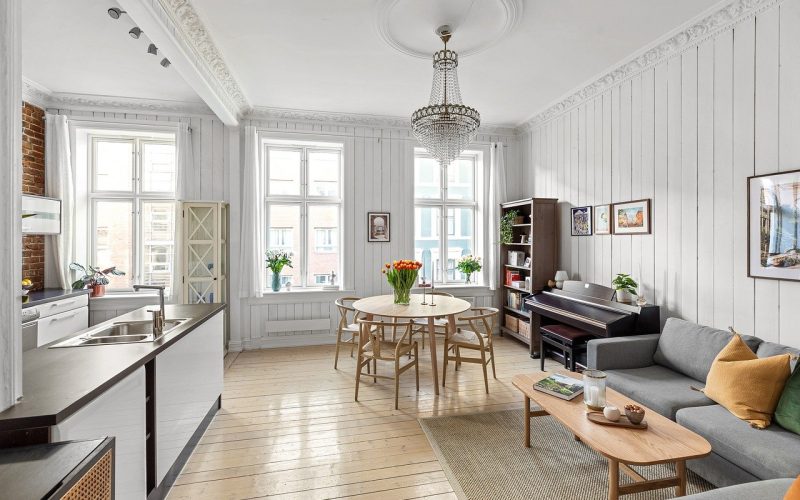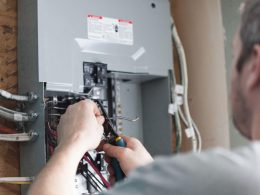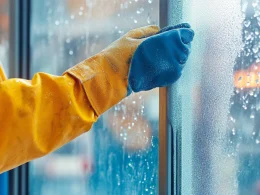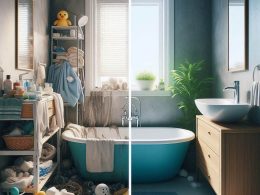What does it take to maintain commercial properties in the hot, arid climates of Arizona, Colorado or Texas? These regions pose unique challenges that require strategic approaches to ensure buildings remain efficient and sustainable. With temperatures frequently exceeding 100°F, energy costs can soar, and water resources are often scarce.
Effective management practices, such as utilizing drought-resistant landscaping, optimizing HVAC systems, and implementing comprehensive water and energy conservation strategies, are essential. By understanding and addressing these specific challenges, property owners can protect their investments, reduce costs, and promote environmental stewardship.
HVAC and Cooling Systems
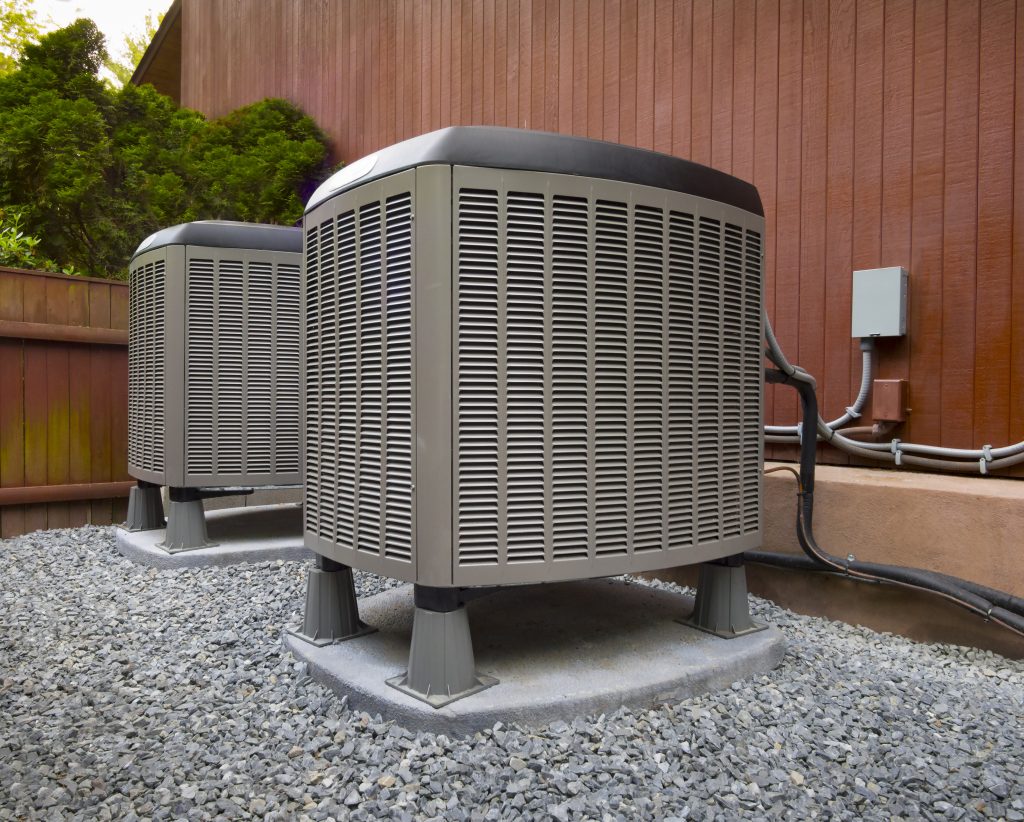
Efficient HVAC maintenance is crucial for commercial properties in hot climates like Arizona, Colorado, and Texas, where cooling can account for most of the energy usage during peak summer months.
Regular servicing, including cleaning coils, replacing filters, and checking for refrigerant leaks, ensures systems operate at peak efficiency, reducing energy consumption and costs. According to the U.S. Department of Energy, well-maintained HVAC systems can lower energy use by 20-50%.
Alternative cooling solutions can also play a significant role in managing temperatures and reducing reliance on traditional HVAC systems. Evaporative coolers, which use water to cool air, can be more energy-efficient than standard air conditioners in dry climates. Installing shade structures, such as awnings and pergolas, and implementing green roofs, which can further reduce roof temperatures, are effective strategies for mitigating heat buildup.
Building Exterior Maintenance
Maintaining the exterior of commercial properties in hot and arid climates like Arizona, Colorado, and Texas requires careful attention to materials and regular inspections. Roofing, for instance, is highly susceptible to sun damage.
Materials like clay tiles, metal roofing, and cool roofs coated with reflective materials can greatly reduce heat absorption. Regular roof inspections every six months can help identify and repair cracks, warping, or other damage caused by intense UV exposure, preventing costly repairs and extending the roof’s lifespan.
Walls and surfaces also need protection from the harsh sun. Using high-quality, UV-resistant paints can significantly reduce fading and deterioration while adding an extra layer of insulation.
Windows should be equipped with UV-protective coatings or films, which can block up to 99% of harmful UV rays and reduce cooling costs. Checking and maintaining window seals can prevent air leaks, enhancing overall energy efficiency and maintaining a consistent indoor climate.
Landscaping and Grounds Maintenance
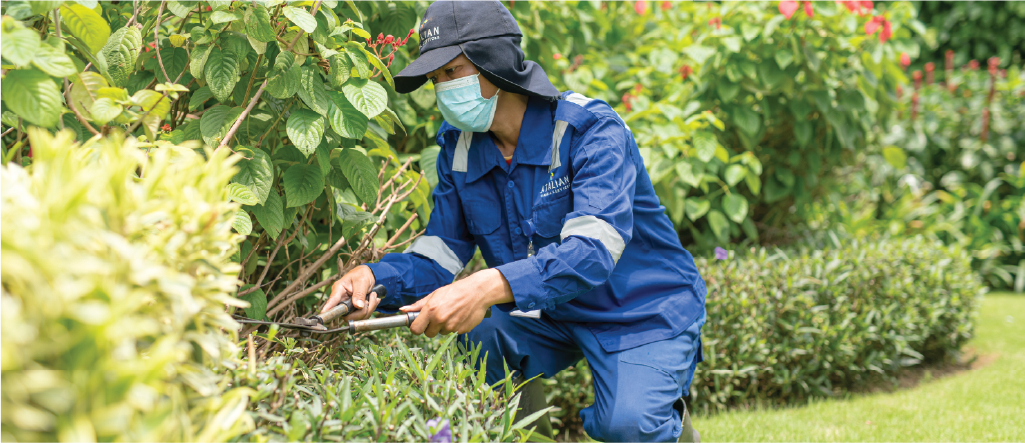
In arid regions like Arizona, Colorado, and Texas, drought-resistant landscaping is essential for maintaining commercial properties efficiently. Xeriscaping, which involves using native plants adapted to dry conditions, can greatly reduce water usage.
Plants like agave, yucca, and drought resistant grasses like palisades zoysia or tiftuf bermuda grass require minimal irrigation and thrive in hot climates, making them ideal choices. Applying a layer of mulch around plants helps retain soil moisture, suppress weeds, and reduce evaporation, further conserving water.
Efficient irrigation systems are critical in these dry environments. Drip irrigation, which delivers water directly to the root zones of plants, can improve water efficiency compared to traditional sprinkler systems.
Regular maintenance of these systems, including checking for leaks and ensuring proper functioning, can prevent water waste and ensure optimal plant health. Ground covers such as gravel or decomposed granite reduce maintenance needs and help keep the soil cool, contributing to a sustainable and aesthetically pleasing landscape.
Water Management
Effective water management is vital for commercial properties in arid regions like Arizona, Colorado, and Texas, where water resources are limited. Implementing water conservation strategies can significantly reduce usage and costs. Low-flow fixtures, such as faucets and toilets, can greatly decrease water consumption.
Regular audits to identify leaks and inefficiencies in plumbing systems are essential, as even small leaks can lead to substantial water waste over time.
Rainwater harvesting systems offer an additional sustainable water source for landscaping and non-potable uses. Capturing and storing rainwater can reduce reliance on municipal water supplies and provide a buffer during drought conditions.
Integrating smart irrigation controllers, which adjust watering schedules based on weather conditions and soil moisture levels, can further enhance water efficiency.
Energy Efficiency
Maximizing energy efficiency is crucial for commercial properties in hot and arid regions like Arizona, Colorado, and Texas, where energy demand for cooling is high. One of the most effective strategies is the installation of solar panels, which can offset a significant portion of a property’s electricity usage.
Incorporating energy-efficient lighting, such as LED bulbs, can reduce lighting energy consumption by 75% compared to traditional incandescent bulbs.
Proper insulation and weatherproofing are also key components of an energy-efficient building. Ensuring that walls, roofs, and windows are well-insulated can reduce cooling costs by maintaining a stable indoor temperature. Using energy management systems to monitor and control energy usage can identify inefficiencies and optimize consumption, leading to additional savings.
Smart Building Technology Integration
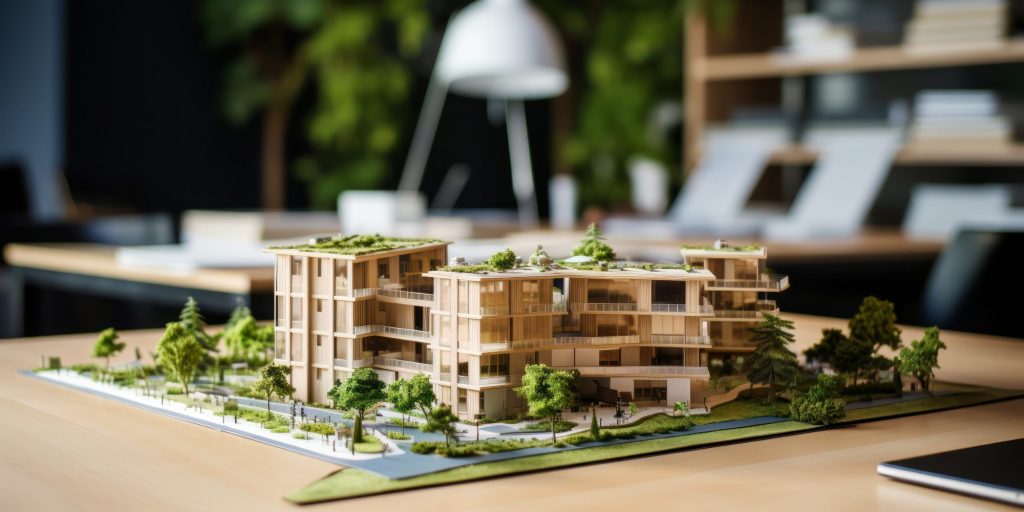
Integrating smart building technologies can significantly enhance the efficiency and sustainability of commercial properties in hot and arid regions like Arizona, Colorado, and Texas. Smart systems can provide real-time data and automation capabilities that optimize energy use, water management, and overall building operations.
Energy Management Systems: Advanced energy management systems (EMS) monitor and control energy consumption, identifying areas for improvement and ensuring optimal performance of HVAC systems, lighting, and other energy-intensive components. These systems can automatically adjust settings based on occupancy and usage patterns, reducing unnecessary energy expenditure and lowering costs.
Smart Irrigation Systems: Utilizing smart irrigation controllers that adjust watering schedules based on weather conditions, soil moisture levels, and plant needs can greatly enhance water efficiency. These systems prevent over-watering and ensure that landscaping receives the appropriate amount of water, conserving this precious resource and reducing utility bills.
Building Automation Systems: A comprehensive BAS integrates various building systems, such as HVAC, lighting, security, and fire safety, into a single, automated platform. This integration allows for centralized control and monitoring, improving operational efficiency and enabling quick responses to any issues that arise.
IoT Sensors: The Internet of Things sensors can be deployed throughout the property to collect data on various environmental conditions, such as temperature, humidity, light levels, and occupancy. This data can be analyzed to make informed decisions about building operations, further enhancing efficiency and comfort.
Predictive Maintenance: Implementing predictive maintenance strategies using IoT sensors and analytics can help anticipate equipment failures before they occur. This approach minimizes downtime and repair costs by scheduling maintenance only when necessary, based on actual equipment performance and condition rather than a fixed schedule.
Renewable Energy Integration: Incorporating renewable energy sources, such as solar panels, into the building’s energy mix can offset electricity consumption and reduce dependence on the grid. Smart inverters and energy storage solutions can further enhance the efficiency and reliability of these systems, ensuring that renewable energy is utilized effectively.
By leveraging smart building technologies, property owners can create more resilient, efficient, and sustainable commercial properties. These technologies not only reduce operational costs but also contribute to a smaller environmental footprint, aligning with broader sustainability goals and enhancing the overall value and appeal of the property.
Seasonal Maintenance Checklist
Preparing commercial properties in hot and arid regions like Arizona, Colorado, and Texas for seasonal changes is essential to maintain their integrity and efficiency.
For summer, which brings extreme heat, it’s crucial to ensure HVAC systems are in optimal condition. This includes cleaning or replacing filters, checking for refrigerant leaks, and ensuring proper airflow. Inspecting roofs for sun damage, applying reflective coatings, and ensuring that shading devices like awnings are in good repair can help mitigate the effects of intense heat and lower cooling costs.
Winter, although milder in these regions, still requires specific maintenance tasks. Insulating pipes to prevent freezing during unexpected cold snaps, sealing any gaps or cracks in the building envelope, and ensuring that heating systems are functional are key steps. Regularly clearing debris from gutters and drainage systems prevents blockages that could lead to water damage during winter rains.
Conclusion
By implementing strategic maintenance practices, embracing energy efficiency, and prioritizing sustainability, property owners can significantly reduce operational costs and environmental impact. Adopting green building practices can increase property value and appeal. Ultimately, these efforts ensure that commercial properties remain resilient, efficient, and sustainable, even in the most demanding environments.




